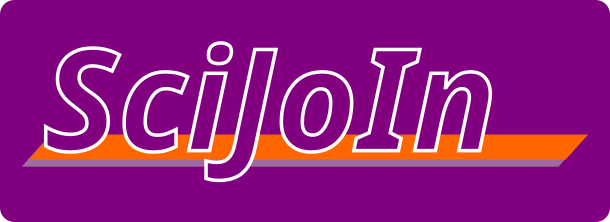How does motor performance change with increasing stress doses? A tutorial on dose-response profiles applied to crew rowing
DOI:
https://doi.org/10.20338/bjmb.v17i6.398Keywords:
Complex Systems, Coordination Dynamics, Hormesis, Joint Action, Phenotypic Plasticity, ResilienceAbstract
Many models of motor performance acknowledge that adapting to stressors plays a major role in how we move. However, most models lack a precise conceptualization of the way in which stress-response dynamics unfold. To fill this void, we first present popular models from the domain of biology and psychology which argue that the impact of a stressor depends on its dose. Next, we provide a tutorial using the example of crew rowing to demonstrate how these models can be scaled to human motor performance. In this example, the dose of the stressor is varied by target times for several 500 m races and the response variable represents the crew coordination. Specifically, we discuss how the necessary parameters can be determined a priori and how the data can be analyzed to pinpoint the exact dose-response relationship. These strides are necessary for developing more comprehensive theories of motor performance and engage in cross-disciplinary research on the impact of stressors.
Downloads
Published
How to Cite
Issue
Section
License
Copyright (c) 2023 Yannick Hill, Laura S. Cuijpers, Paula L. Silva, Ruud J. R. Den Hartigh, Adam W. Kiefer

This work is licensed under a Creative Commons Attribution-NonCommercial-NoDerivatives 4.0 International License.
Authors must declare that the work submitted is their own and that copyright has not been breached in seeking its publication. If the manuscript includes work previously published elsewhere, it is the author(s) responsibility to obtain permission to use it and to indicate that such permission has been granted.
Authors retain the copyright of their paper and grant the Brazilian Journal of Motor Behavior (BJMB) the right to first publish the work under a Creative Commons Attribution-NonCommercial-NoDerivatives license (CC BY-NC-ND). This license allows users to share the paper given the appropriate credit to the author and source and does not allow commercial uses and derivative materials to be produced.


























